Bringing home a new puppy is one of the most exciting (and let’s be honest—exhausting) moments in a dog parent’s life. Among all the new experiences, crate training is one of the most important steps you can take to help your pup feel safe, secure, and confident in their new home.
The good news? When done right, crate training is not a punishment—it’s a gift. It becomes your pup’s personal den, a place where they can relax, unwind, and feel totally at ease.
Let’s walk through how to crate train your puppy positively—step by step.
🐕 Why Crate Training Matters
Before we jump in, here’s why crate training is so valuable:
Creates a safe space for your puppy to rest and self-soothe
Helps with potty training by teaching bladder control
Prevents destructive behavior when you can’t supervise
Aids with travel and vet visits by normalizing containment
Reduces stress in overstimulating situations
🌟 Step-by-Step Positive Crate Training
1. Choose the Right Crate
It should be just big enough for your puppy to stand, turn around, and lie down comfortably.
Use a crate divider if your puppy is still growing.
Make it cozy! Add a soft bed or blanket and a safe chew toy.
2. Make it a Happy Place
Feed your puppy meals inside the crate or offer treats near and in it.
Toss in a few pieces of kibble or a stuffed Kong to explore.
Keep the crate door open at first so they can go in and out freely.
3. Short, Sweet Sessions
Start with just 5–10 minutes of crate time while you’re in the room.
Gradually close the door for short periods with something fun to chew.
Build up slowly. Don’t rush. Your pup’s comfort matters most.
4. Use Praise & Rewards
Always reward calm behavior in the crate.
If they go in on their own—praise like crazy! “Good crate!”
NEVER use the crate for punishment—it should always feel safe and positive.
5. Timing is Everything
Crate during nap times when your puppy is naturally tired.
Avoid crating right after high-energy play—let them wind down first.
Make crate time part of your daily routine, not just something you do when you leave.
❗ What to Avoid
Don’t leave your puppy too long. Rule of thumb: 1 hour per month of age, up to 4 hours max.
Don’t respond to whining right away—wait until they’re quiet for a few seconds before letting them out, so they learn patience, not panic.
Don’t overuse the crate. Puppies need plenty of play, training, and snuggle time too!
💛 Final Thoughts: Patience Pays Off
Crate training takes time, consistency, and compassion. But once your puppy sees the crate as their own little sanctuary, you’ll be amazed at how much peace it brings to your home—for both of you.
Remember: every pup learns at their own pace. Celebrate the small wins, keep it positive, and soon enough your little one will be happily curling up in their crate, tail wagging and heart full.

